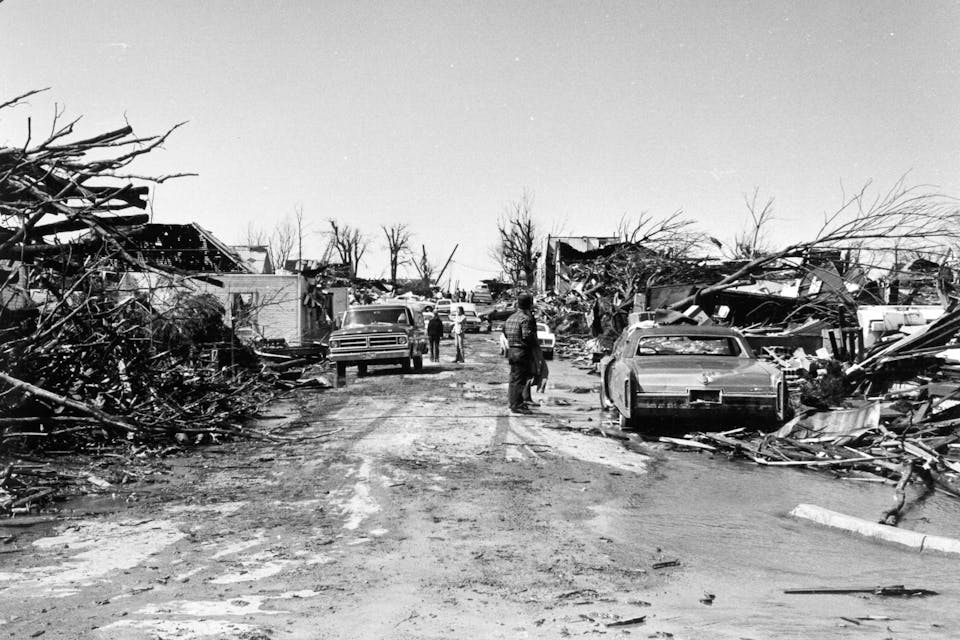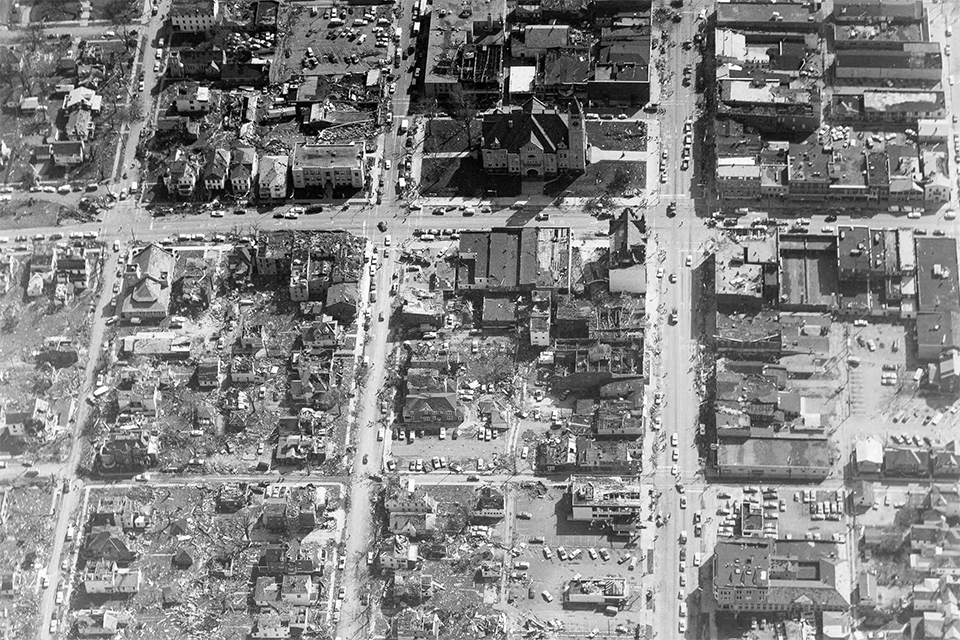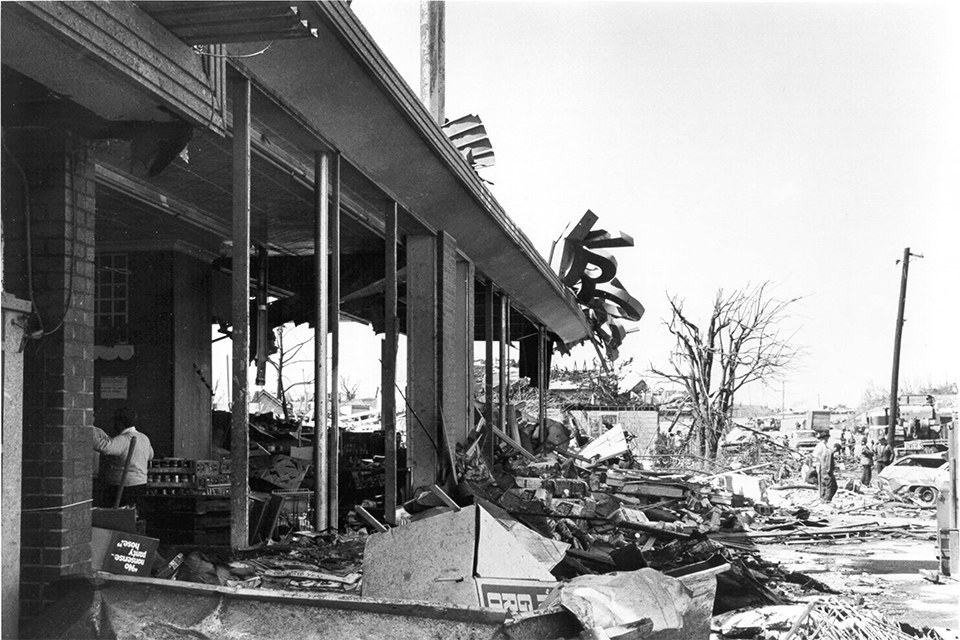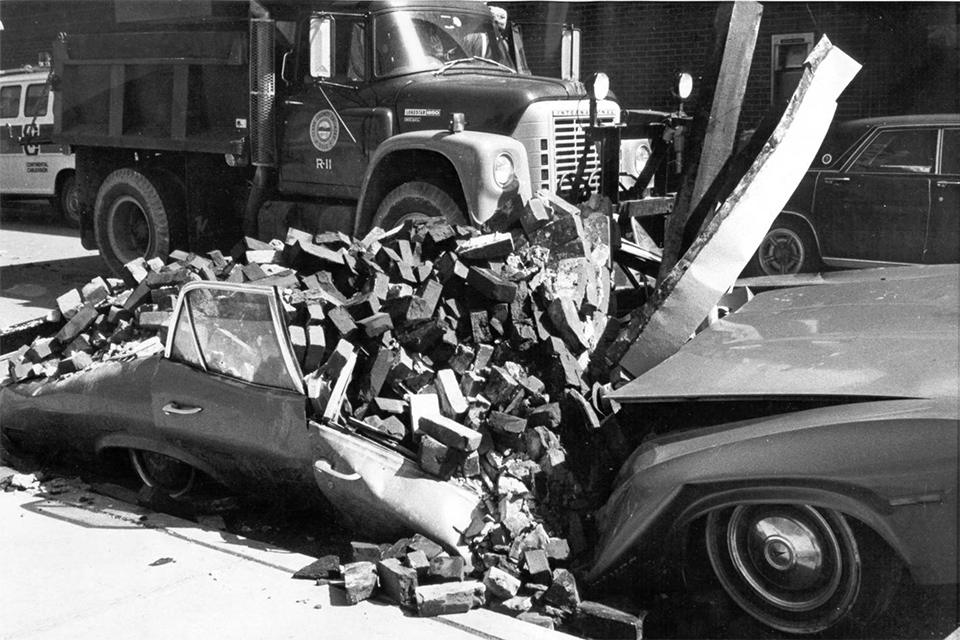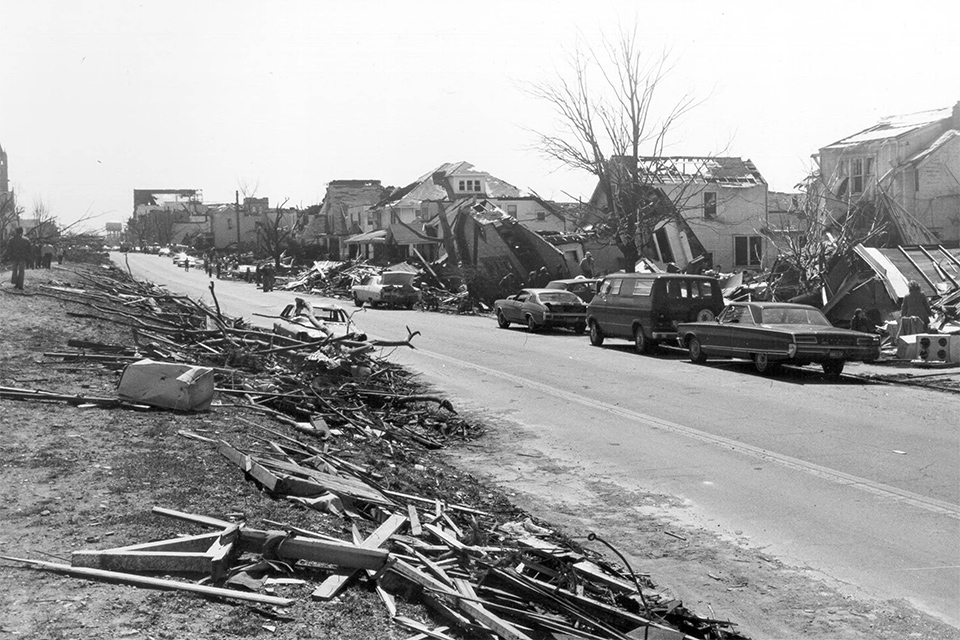Ohio Life
The Fury and Aftermath of the 1974 Xenia Tornado
In April 1974, a tornado that was part of a string of deadly storms ripped through the Ohio community of Xenia. It left a trail of destruction that is still remembered in and associated with the city to this day.
Related Articles

Ohio Finds: Woven Coverlet
This item was made by Frederick E. Hesse in Logan, Ohio, in 1862.
READ MORE >>
How a Mother and Daughter Built Frank Lloyd Wright’s Last Home in Ohio
The legendary American architect’s final home design was sitting on his drafting table at the time of his death. More than six decades later, Debbie and Sarah Dykstra put it on the Lake County property where it was always intended to go. READ MORE >>

New Book Details Origins and Evolution of Dayton’s Carillon Historical Park
The destination’s vice president of museum operations Alex Heckman and curator Steve Lucht wrote the 222-page, hardbound coffee-table book. READ MORE >>


